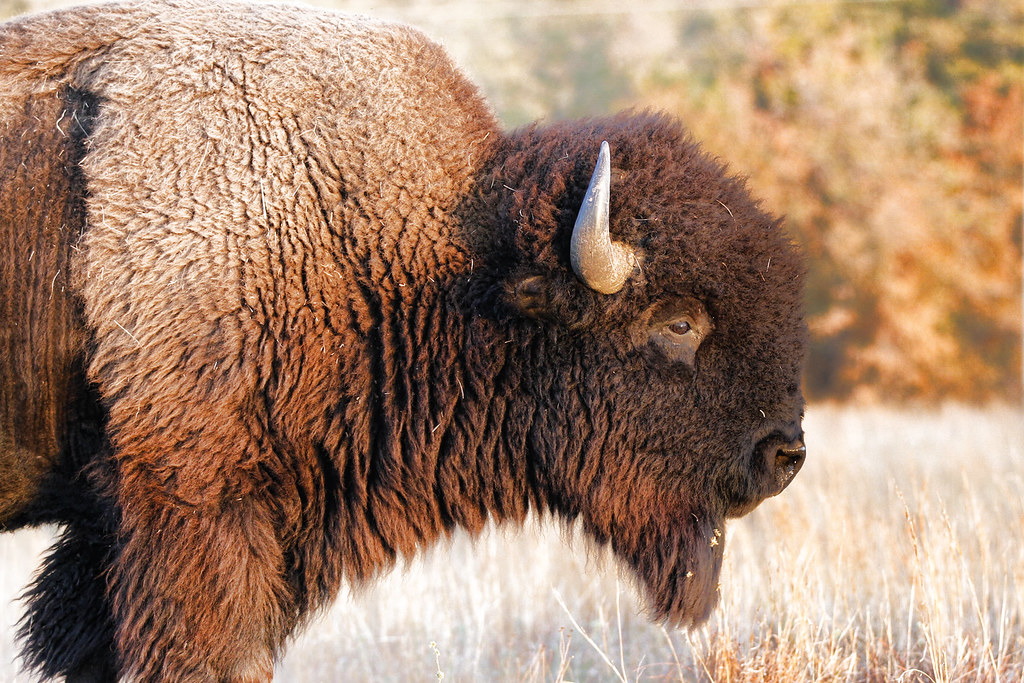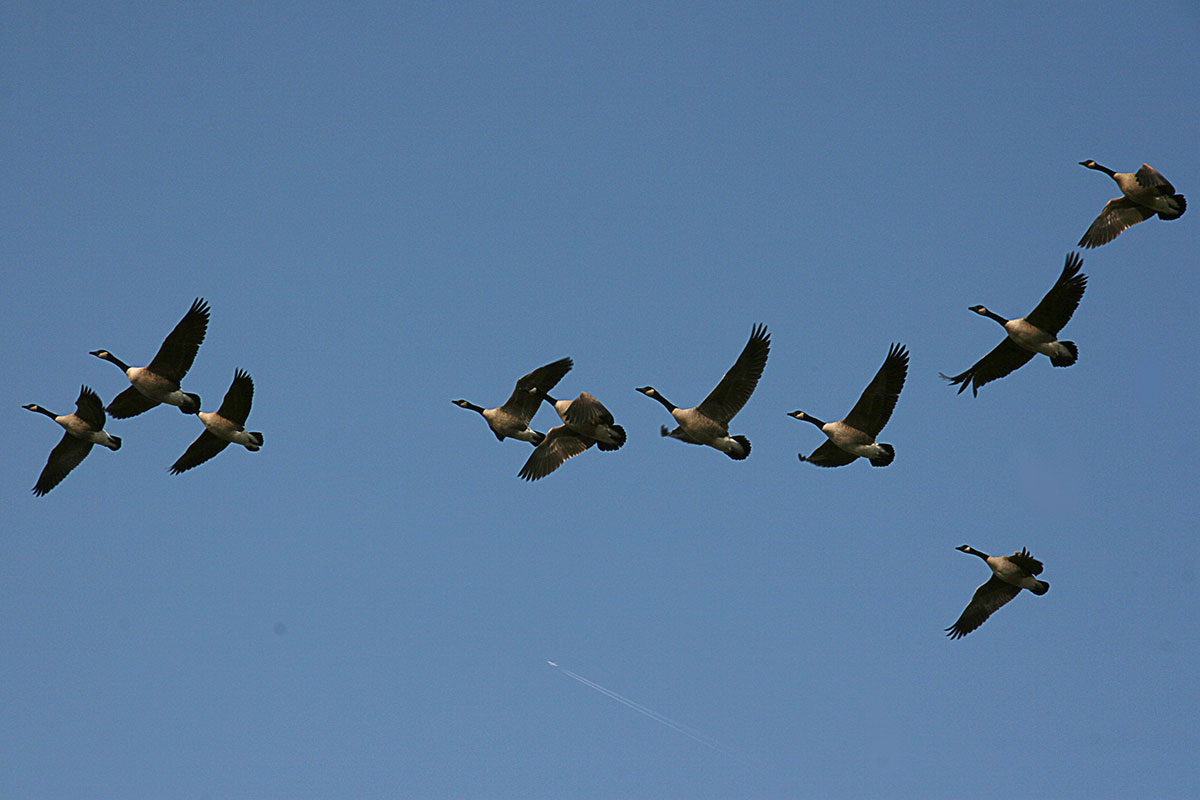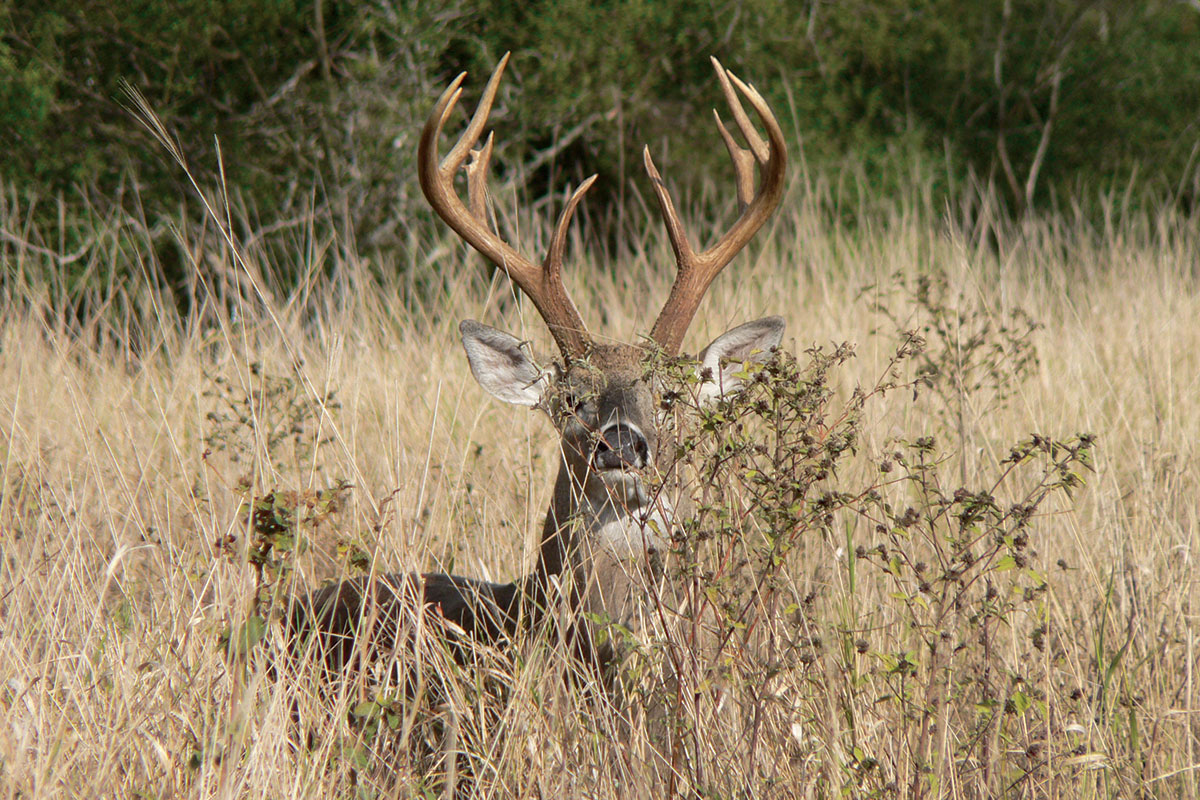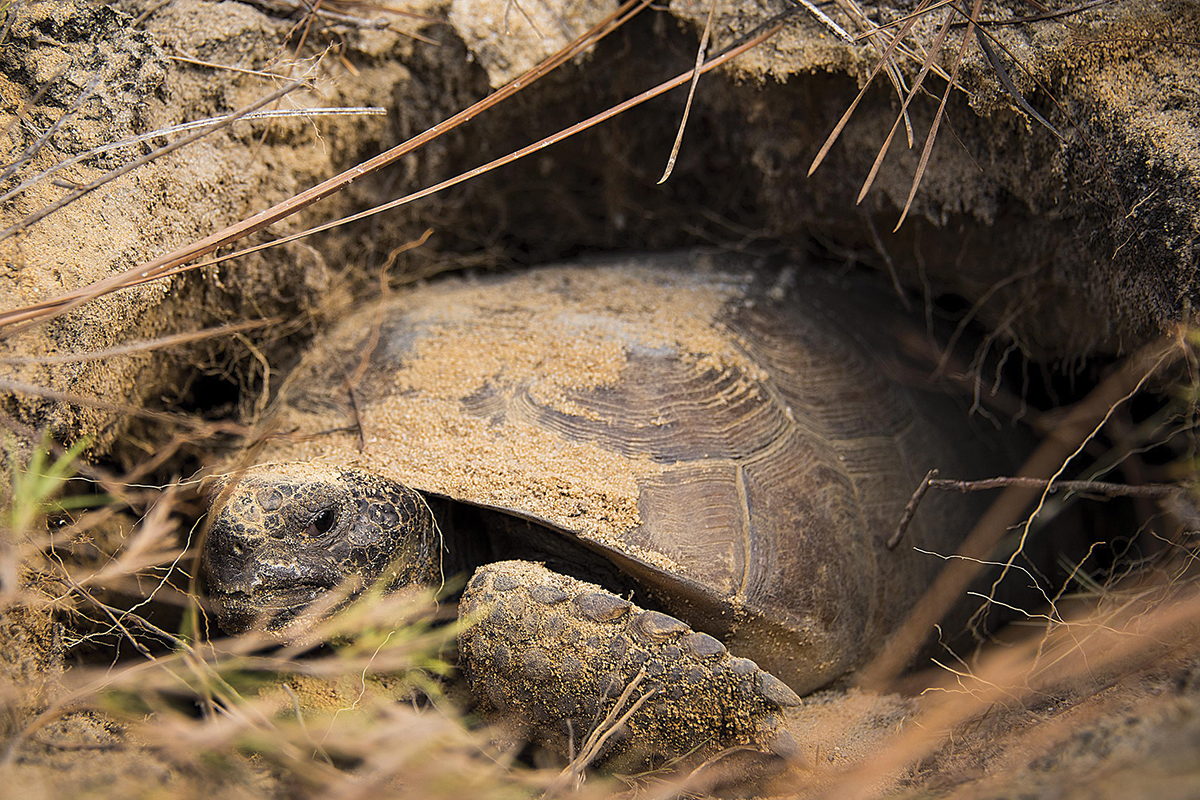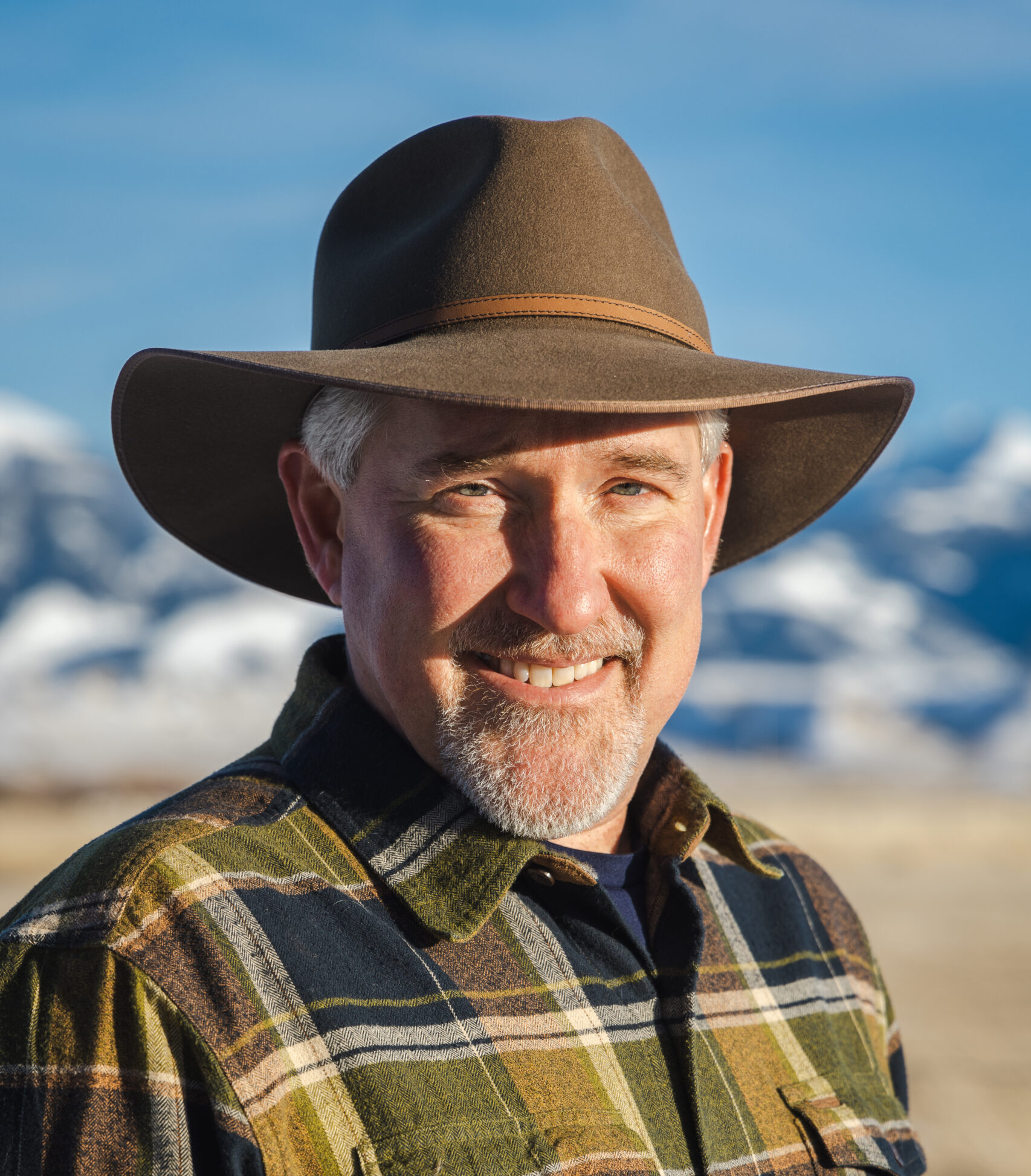For anyone who has heard the ghostly gobble of a wild turkey in the pine woods, listened to the seductive bugle of a bull elk in early autumn, witnessed an elusive bighorn sheep navigate an impossibly steep mountainside, or watched a bounding pronghorn seemingly float above the plains, you can thank a little-known conservation playbook called the North American Model of Wildlife Conservation.
As a former state wildlife commissioner, the model was orthodoxy—a set of principles with roots going back 100 years that are used by wildlife professionals to manage species and habitat. It has been the basis for responsible regulation married with conservation law enforcement and science-based management married with a conservation ethic. And the hunter-led model has provided its share of success stories, with rebounding game and non-game populations, reliable funding sources for conservation, and extensive habitat protection.
Three great challenges face the North American Wildlife Model in the 21st century. If we want our wildlife conservation efforts to succeed over the next century, we will have to meet these challenges.
But the Nostradamus in me says that as wildlife management and our demography continue to evolve, we will see the model’s adaptability tested in new ways. To my eye, three great challenges face the North American Wildlife Model in the 21st century: 1) managing for growing wildlife numbers, 2) accounting for the interplay between public wildlife and private habitat, and 3) developing more hunter-conservationists while being more inclusive of non-hunting conservationists. If we want our wildlife conservation efforts to succeed over the next century, we will have to meet these challenges.
Three Great Challenges
The North American Model of Wildlife Conservation was born out of wildlife scarcity, but in the 21st century, we have a new challenge: wildlife abundance. Today, North America is home to 30 million whitetail deer, 8 million turkeys, 6 million wild hogs, 6 million geese, 5 million alligators, 5 million beavers, and half a million black bears. Given the monumental growth of these species after their near decimation, wildlife conflict has become the new sign of success. Expanding grizzly populations are encountering ranchers’ cows for the first time ever, and abundant deer are meeting automobiles with dire results. When wildlife becomes a liability to people rather than a benefit, how do we keep Americans from viewing them as pests, vermin, and nuisances?
Secondly, while wildlife is publicly owned, most wildlife habitat is private. The things that motivate a private landowner may not be the same as those that motivate society at large. Altruism has its limits, so shouldn’t the North American Model recognize who actually owns ecosystems, and appeal to them? Because private ownership provides incentives to take care of resources, it only makes sense to explore ways to harness those incentives.
When it comes to the third challenge, let me do a little Florida math. My old home state has 21 million residents, and only about 240,000 are hunters—roughly 1 percent. Assume, based on surveys, a full 20 percent are opposed to any kind of hunting. That means that approximately 79 percent of Floridians neither hunt nor are anti-hunting—these 79 percent are the swing voters. How do we make the North American Model relevant to them? Are hunters like me, the 1 percent, focusing on what matters to the 79 percent swing voters, or are we simply preaching to the 1 percent who are already converted? And Florida is just one example. In terms of ongoing demographic changes, your state is more likely to start looking like Florida today than Florida will start to look like yours.
Economic Insights
Is the North American Model, as currently built, ready to take on these challenges of tomorrow? And what does economics have to say about the model?
Private ownership and free markets can be forces of good, and profits can be a powerful incentive. In 1908, President Theodore Roosevelt convened the White House Conference of Governors at the nation’s first conservation conference. The gathering featured luminaries including Oliver Wendell Holmes, Gifford Pinchot, C. Hart Merriam, Andrew Carnegie, Samuel Gompers, and William Jennings Bryan. Each governor was allowed to bring three guests from the field of natural resources.
At the conference, T.R. launched into a spirited defense of public conservation policies. Among Roosevelt’s remarks, however, the transcript contains a nugget related to the powerful incentives that private ownership can provide: “We want to see a man own his farm rather than rent it, because we want to see it an object to him to transfer in better order to his children.”
At its very roots, economics is the study of trade-offs and how human beings make choices in response to incentives. And Roosevelt seized on the power of economic incentives. In his farm example, ownership creates incentives to protect and improve the farm. When it comes to wildlife management, markets, ownership, and profit can often provide the best incentives for conservation, leading to positive outcomes for both owners and the environment.
The North American Model, however, essentially outlawed the use of economic incentives. Market hunting, commercialization, and private ownership are all considered taboo under the model.
But today gives us new opportunity. We have perhaps reached a point where can take a fresh look at economics, markets, and private-ownership incentives and examine whether it’s possible to use them as tools for better wildlife management. What if in some cases free markets, profits, and private ownership bring not only a private benefit to landowners but also a significant public benefit to wildlife and natural resources? In the 21st century, market-based incentives can play various roles in the North American Model—and in fact, some already are.
Challenge 1: Managing for Wildlife Success
When it comes to managing for growth, some species have proliferated to such an extent that they have spawned new problems.
Yellowstone’s bison, for instance, have reached a population of nearly 5,000 animals in the national park. These are some of the only genetically pure bison in the United States, meaning they contain no cattle genes, which makes them particularly valuable to some people. But given their population growth, some of these migratory bison seek forage outside of the park into Montana during the winter. This has made brucellosis, a disease that could potentially be transmitted from bison to cattle, a threat to livestock.
Almost a decade ago, state and federal agencies quarantined 87 of these spilled-over Yellowstone bison to ensure they were brucellosis-free. The state could have simply slaughtered them, as it often does, but it wanted to use the bison to seed new herds across the state. There was one problem: The state had no place to put them for the required five-year quarantine because no facility was ready to take them.
This is where Ted Turner came in. He offered to maintain and care for them on his nearby private ranch—at no charge to the government. All he asked for in exchange was ownership of 75 percent of the offspring born over the five-year period. Turner had a private incentive to have more genetically pure bison among his own herd—that was important to him.
At the outset, some environmental organizations protested this so-called “commercialization of wildlife.” Some cried, “Free the Yellowstone 87!” But in 2014, with the state’s approval, 145 bison cared for by Turner were transferred to the Fort Peck Indian Reservation to grow another herd. Despite the early protests, it was a great conservation success—and it cost the federal government nothing.
To take another example, in Florida there are nuisance alligators—some of which find their way into backyard swimming pools or consume small dogs—meaning that Florida also has nuisance alligator trappers. As Tate Watkins explores in these pages, nuisance trappers are paid primarily not by government but by allowing the trappers to sell alligator hides and meat on the market. This sort of commercialization may run counter to how most wildlife are managed in the United States, but it could be a model for other abundant species. In fact, there may not be enough traditional hunters to fix some of the management issues we have, or will have in the future, with some wild animals. As Jim Sterba notes in this issue, in the name of population management, we may need to create some sort of system of hunter-harvesters for overabundant whitetail deer. Such a system would bring game products to market, rather than having to give the meat away or allow it to go to waste.
Challenge 2: Making Habitat Worthwhile for Landowners
Aldo Leopold is known as a conservationist, but did you know that he was a capitalist too? In his 1934 paper “Conservation Economics,” Leopold wrote, “Conservation will ultimately boil down to rewarding the private landowner who conserves the public interest.” In a collection of Leopold essays, editors Susan Flader and J. Baird Callicott noted that Leopold recognized “the geography of conservation is such that most of the best land will always be privately held . . . The bulk of responsibility for conservation thus necessarily devolves upon the private custodian.” So how do we reward private landowners in ways that serve the public interest? Our next frontier is to make it worthwhile for the private landowner to protect and restore wildlife habitat. We must make public wildlife a valuable asset, not a liability, to owners of habitat.
To take one example, a few years ago Florida initiated a program called the Private Lands Deer Management Program. Landowners with at least 5,000 contiguous acres who manage their lands for wildlife stewardship agree to furnish data on deer populations and also provide opportunities to get youth involved in hunting. If an owner enters the program, then they can receive greater flexibility on the hunting season dates they can offer and the method of legal take. For example, they might be allowed to choose to use rifles during bow season.
The program makes the landowners’ hunting leases more valuable, meaning more profits in exchange for more conservation—a clear public benefit. A similar program in Colorado, known as Ranching for Wildlife, has provided incentives for landowners to open up public access to more than 1 million acres of private land for hunting.
Our next frontier is to make it worthwhile for the private landowner to protect and restore wildlife habitat. We must make public wildlife a valuable asset, not a liability, to owners of habitat.
A second example comes from Florida’s gopher-tortoise economy. It’s true—for a long time, property owners and developers in the state buried gopher tortoises. Burying creatures alive is very bad policy, to say the least. But in those old days, the state would take money from developers building a home or community and allow them to bury a tortoise that had been found living on the land to be developed. They would then use the money to buy upland tortoise habitat as the penance. But that didn’t help the tortoise, and many other species, that died.
Under a new market-based program, developers instead pay willing landowners to relocate tortoises that are in harm’s way, and those landowners protect them in perpetuity on their own property. In this way, Florida has created a private market—a true gopher-tortoise economy—based on the rate of impact to existing tortoise habitat. A conservation-minded landowner today who adopts one relocated tortoise is paid $800 to $1,500 by the developer.
Over the 20-year life of the old program—killing tortoises and taking the blood money—about 20,000 acres were conserved. In only the first seven years of the new market-based program, and during an upside-down economy with limited development activity, Florida conserved more than 22,000 acres of upland tortoise habitat. Markets can work.
In both the hunting and tortoise examples, wildlife was transformed from a liability into something of value. Paying people who own the habitat and are in the best positions to manage it gives them incentives to conserve. That’s economics.
Challenge 3: Using Markets to Grow Hunter-Conservationists
While hunter-conservationists have led the way on wildlife conservation, our numbers continue to decline. The latest survey by the U.S. Fish and Wildlife Service indicates that the number of hunters dropped by 2.2 million between 2011 and 2016, a decline of 16 percent. The North American Model needs to do a better job of not only growing the next generation of hunters but bringing non-hunters to the table. If hunting is conservation, which it is, then the model should reflect an “all hands on deck” approach.
That should include using all tools, including markets. How might we use markets to recruit and retain hunters or to get more Americans interested in hunting or the model, even if they never pick up a bow or a gun?
Today, we are going through an unprecedented foodie movement that goes by many different labels—slow foods, organic foods, sustainable foods, the locavore movement, farm-to-table. It all essentially means the same thing: There is a growing cultural shift by many Americans to be close to their food, to know what they eat, and to make their food experiences authentic. And the majority of them are not hunters.
Hunters were well ahead of this trend. We were the original Whole Foods. Food that is hunted is sustainable, organic, hormone-free, antibiotic-free, and it usually comes with a hell of a good story.
There is a growing cultural shift by many Americans to be close to their food, to know what they eat, and to make their food experiences authentic. And the majority of them are not hunters.
Montana conservationist Steven Rinella, host of the Meateater television show and podcast, has tapped the convergence of hunting and its culinary benefits while reaching out to our non-hunting brothers and sisters. Shane Mahoney, one of the leading experts on the model and who’s also featured in this issue, is engaged in a multi-year study on the numerous benefits—economic, nutritional, environmental—of wild-harvested protein, something that a limited market could promote.
But while there is demand for authentic wild game meat, our community, following the North American Model, has dug in for obvious historic reasons against providing a supply, even when it would include conservation benefits in managing abundant game populations such as whitetails. We have also dug in while allowing for notable exceptions, such as proven, regulated, sustainable markets for furs from fur-bearing animals such as mink, fisher, marten, and foxes.
At the same time, there is a market for wild fisheries, and in that case the market is allowed to grant a supply. It’s enough to confuse a guy like me who once managed both fish and wildlife: Are wild-harvested animals and wild-harvested fish really so different?
In Florida, there is a big “Fresh from Florida” movement to market wild seafood—shrimp, stone crab, oysters, grouper, snapper. There is even a Gulf Wild program that tracks who harvested your fish and where it came from in the Gulf. Given the tremendous success of such programs specifically and the farm-to-table movement generally, should we be considering a “woods-to-table” movement? Perhaps a limited and highly regulated form of selling wild meat at farmers markets or to restaurants? Or will we choose to limit the people who can experience wildlife as a delicacy only to those of us who are fortunate enough to have the time, resources, ability, family and friends, and access to hunt?
This could be our chance to educate and connect “the 79 percent” to the benefits of hunting. We could excite them about hunters and their many contributions to conservation and connect them to the fruits of the North American Model. We may end up encouraging them to take up hunting, as Facebook CEO Mark Zuckerberg did several years ago. This may also be the chance to make hunting “conservation-cool” for millennials and Generation Z.
Bully for You
If your reaction to all of this is to recoil, to show a little righteous indignation, or maybe even to show some disgust, then that is a good thing. It shows that our conservation ethic is strong. It shows we have a great appreciation for our wildlife history. It shows we’ve learned lessons from that history. “Bully for you!” T.R. would likely say.
But thanks to the North American Wildlife Model, the world of conservation has grown up. We are much more sophisticated about conservation today than we were 100 years ago. We have a federal wildlife management apparatus. We have 50 state wildlife commissions that work together. We have science-based management. We have regulations galore and well-trained law enforcement. We have the vigilance of our stakeholders, the hunter-conservationists, and their many organizations. And we have a strong conservation ethic—these are our guardrails.
As wildlife managers, we are charged with managing the public trust, and part of that solemn obligation is to use all the tools that can most effectively bring about public benefits. If there are ways to leverage capitalism, markets, and profits to bring benefits to society, then we owe it to the conservationists of today and the past to explore and embrace them where appropriate.
We should not be afraid to try new things, to experiment, nor should we cling to dogma and belief systems simply because they worked in the past. The wildlife management challenges of today are unique and different from what they were 100 years ago—they have evolved. If we are to have success with a North American Wildlife Model during the 21st century, then our solutions must evolve too.
